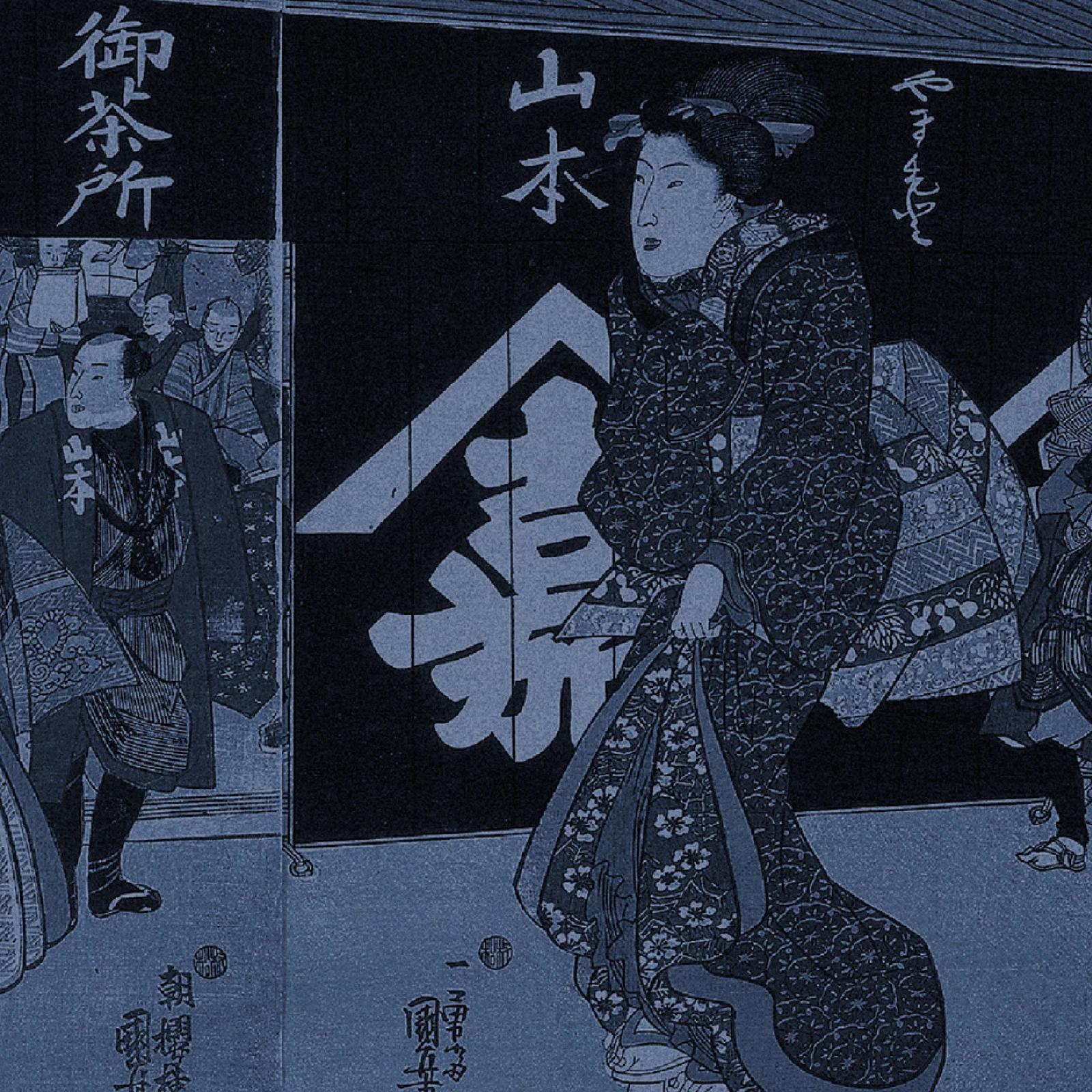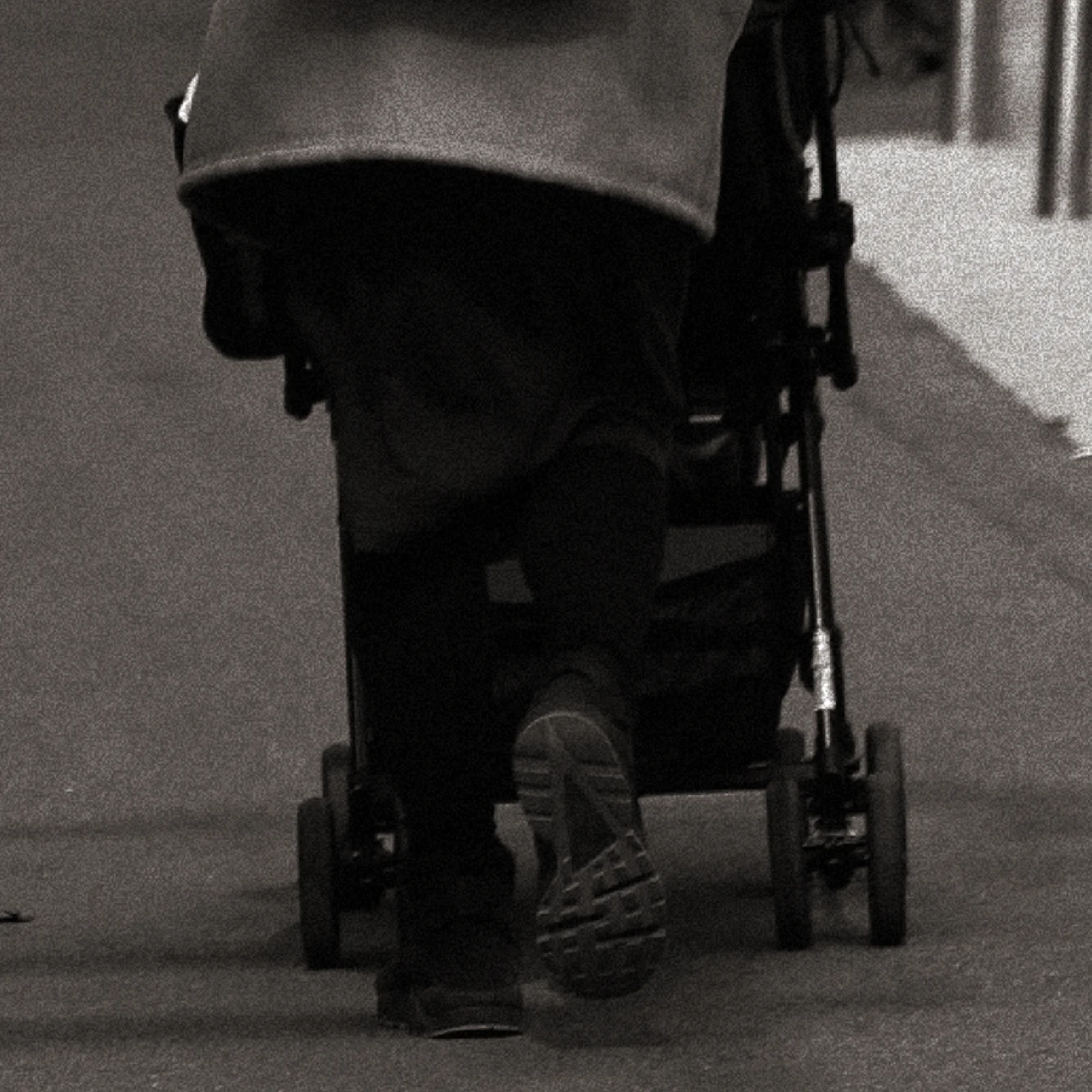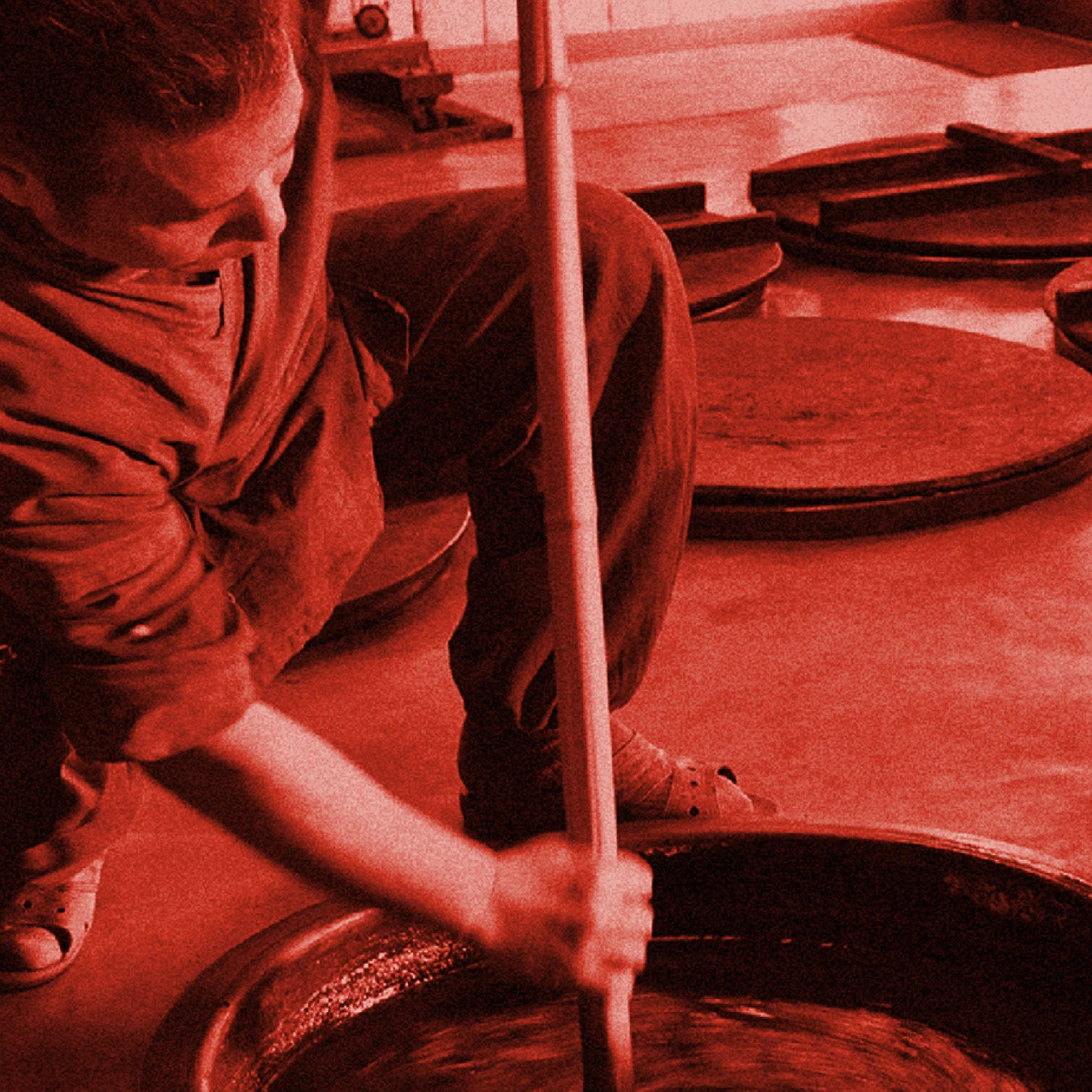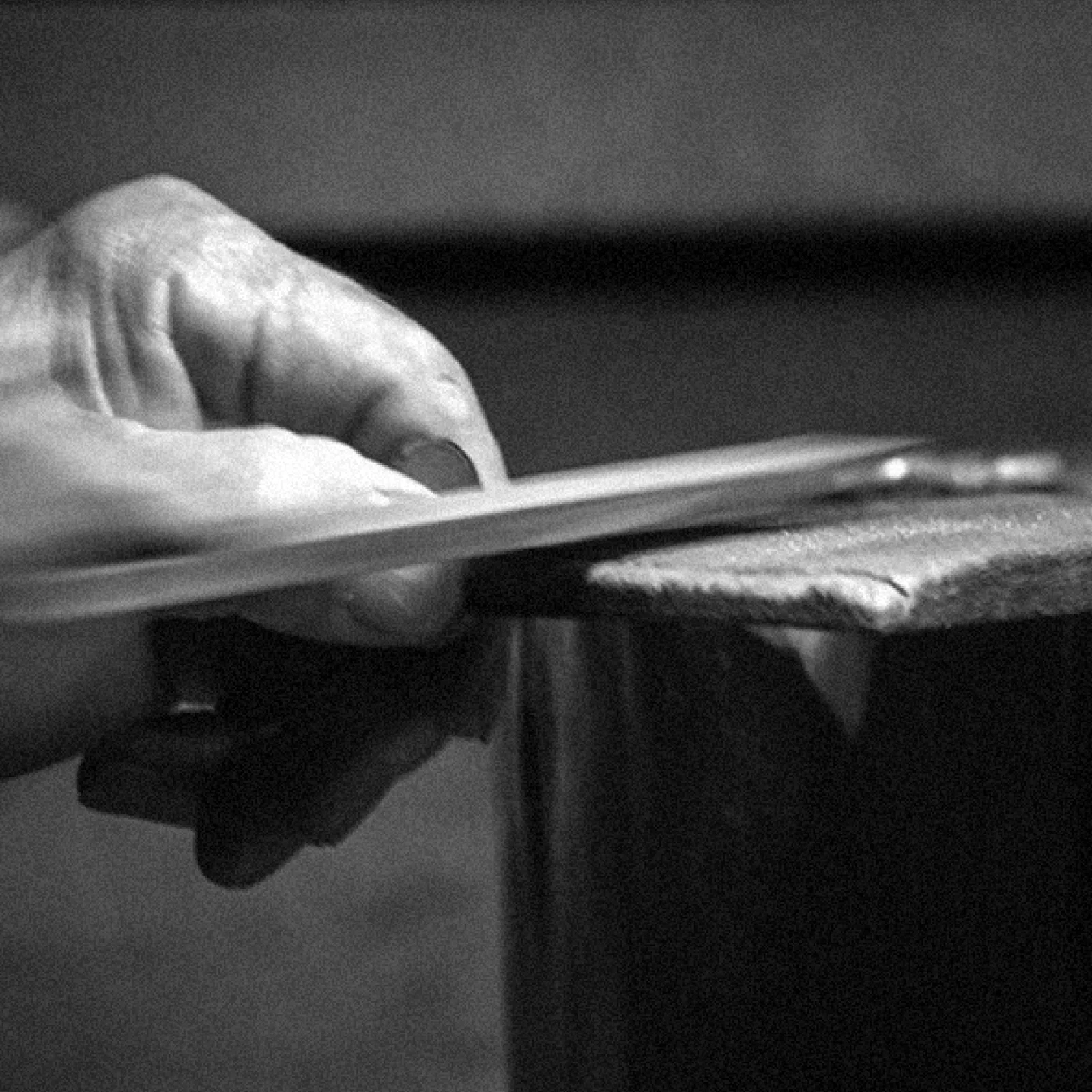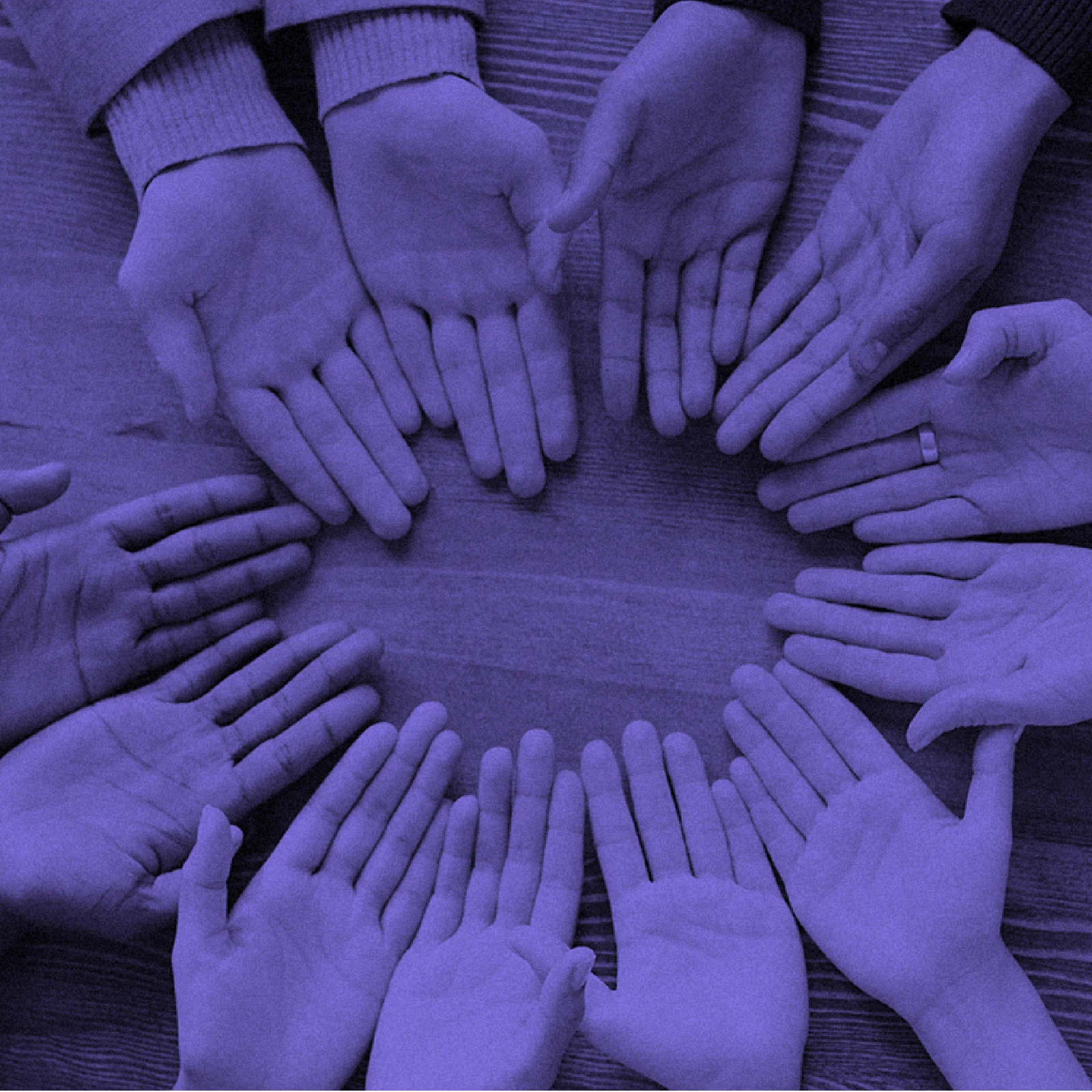WHY
HOW DOES DESIGN
KNOWLEDGE
CONTRIBUTE TO
CREATIVE EDUCATION?
HOW DOES DESIGN
KNOWLEDGE
CONTRIBUTE TO
CREATIVE EDUCATION?
Throughout history, we have used creativity to fulfill our desires, developing tools, systems, and ideas that drive societal progress. Yet despite its importance, creativity has long been viewed as an innate trait, something accessible only to a select few with “natural talent.” But is creativity just a talent that cannot be learned?
In reality, many people give up on their creative potential due to minor setbacks, such as struggling to draw in an art class. As a result, studies show that in Japan, only 8% of students consider themselves to be creative. This raises a fundamental question: Do we truly understand what creativity is? Upon reflection, it becomes clear that we know very little about the structure of creativity; how it works, and how it can be cultivated.
If we could clarify the underlying structure of creativity, it would be possible to teach and train it systematically. In recent years, there has been a growth in educational approaches that strive to go beyond traditional subjects, such as active learning and inquiry-based learning., These programs aim to foster creativity and curiosity. Likewise, methods for enhancing creative thinking are gaining attention in the business world.
Broadening the number of people who effectively use their creativity is not only essential for building a sustainable society, but also for solving fundamental social challenges we face today. There is a growing need to deepen our understanding of creativity and to establish theories and educational programs that enable it to be systematically learned.
Percentage of students who consider themselves “creative”

Young people (17-19 years old) who think they can change their country and society by themselves
TIPS FROM NOSIGNER
KEY POINTS
IN CREATIVE EDUCATION
KEY POINTS
IN CREATIVE EDUCATION
POINT 01
APPLY DESIGN METHODOLOGIES TO EDUCATION
The work of a designer is to identify the core of a problem, facilitate consensus, and proactively seek solutions, sharing common ground with current educational trends that nurture creativity. By systematizing and sharing the ideas and processes that designers use in their daily practice, we can contribute to educational approaches that foster creative thinking across a broad audience of people.
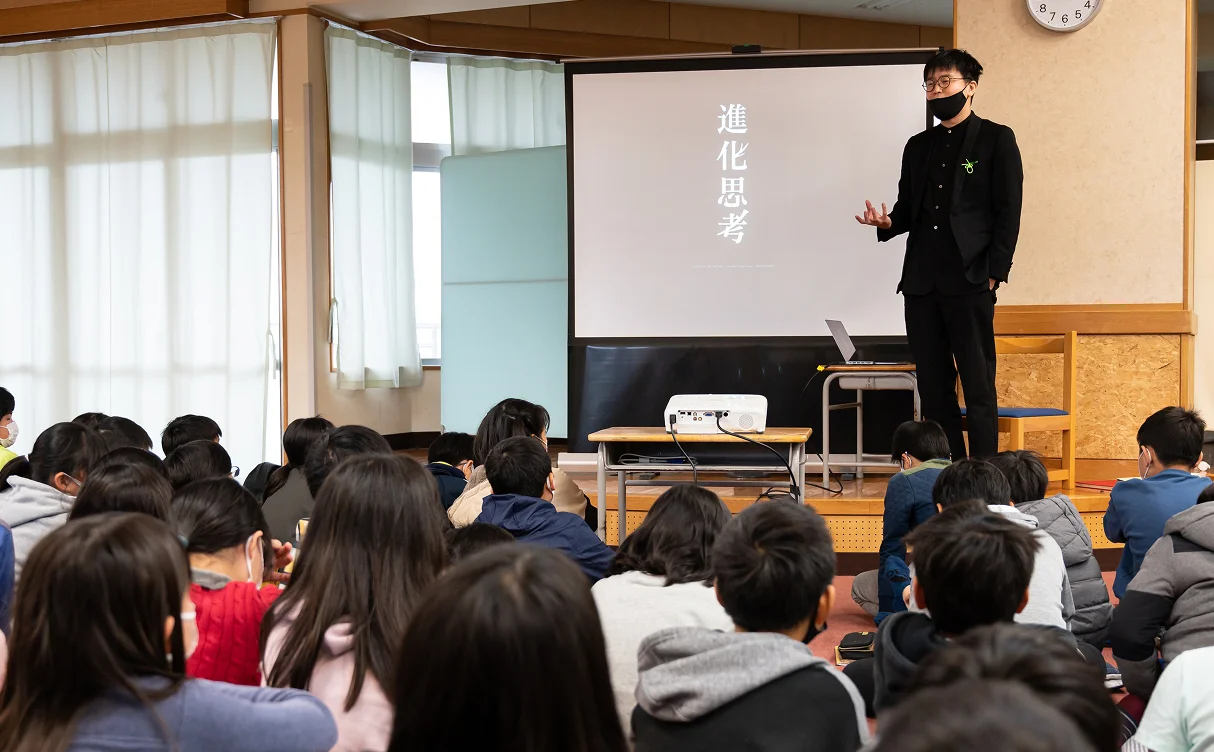
POINT 02
CREATE MOTIVATING IMAGES FOR LEARNING
Learners are more likely to engage with their studies when they can visualize the person they want to be or the future they wish to create. Designers, with their expertise in visualization and visual expression, are uniquely positioned to create compelling and concrete images that motivate learners to take an active role in their own learning.
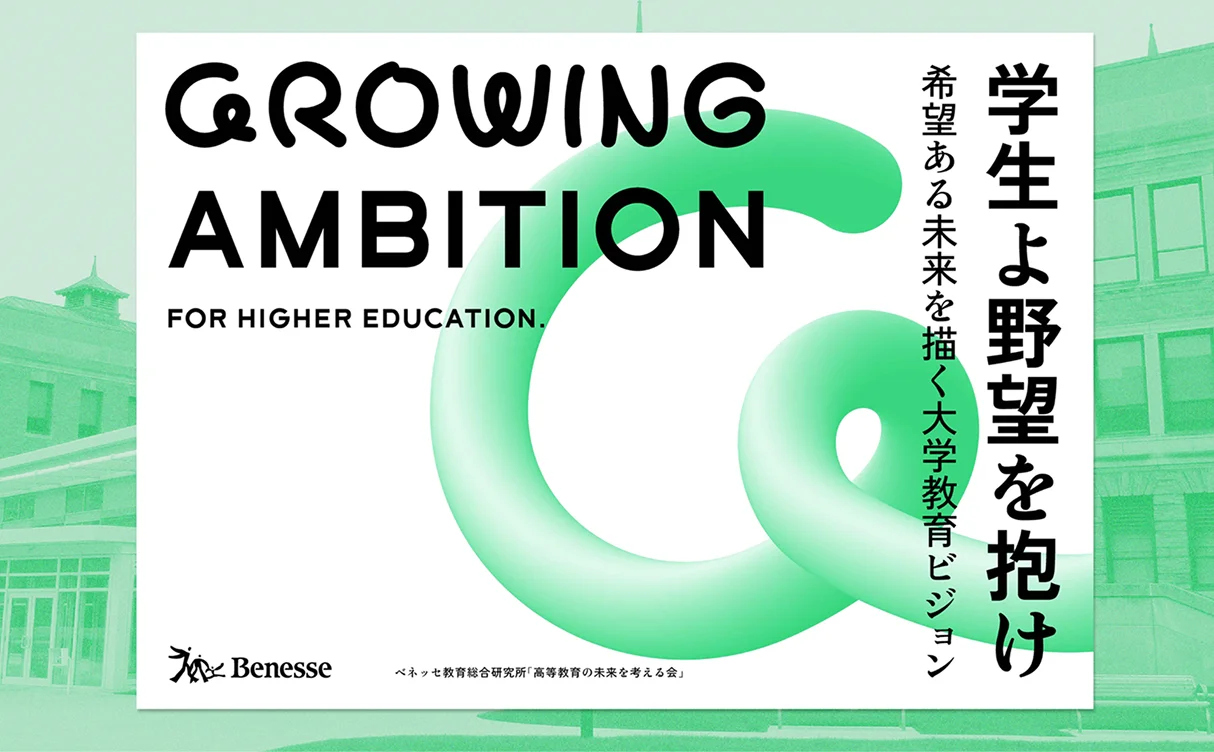
POINT 03
REDESIGN THE INTERFACES OF EDUCATION
The most important factor in maximizing learning is fostering a learner’s intrinsic curiosity and drive for exploration. In an increasingly diverse media landscape, designers have a critical role to play in redesigning learning interfaces, moving beyond traditional textbooks and worksheets to incorporate active engagement through new, interactive, and entertaining learning experiences.

RESULTS
RESULTS THROUGH
CREATIVE EDUCATION
RESULTS THROUGH
CREATIVE EDUCATION
DESIGN CASES
“
Evolutional Creativity – Eisuke Tachikawa





















































































